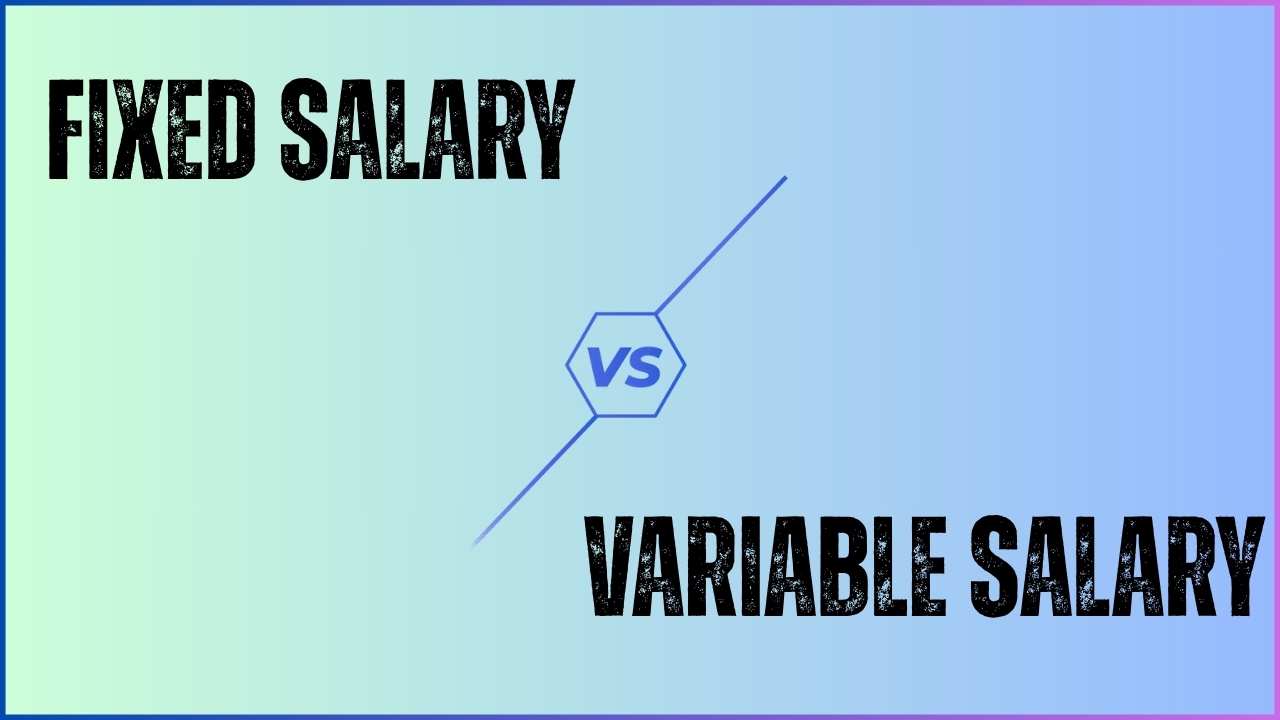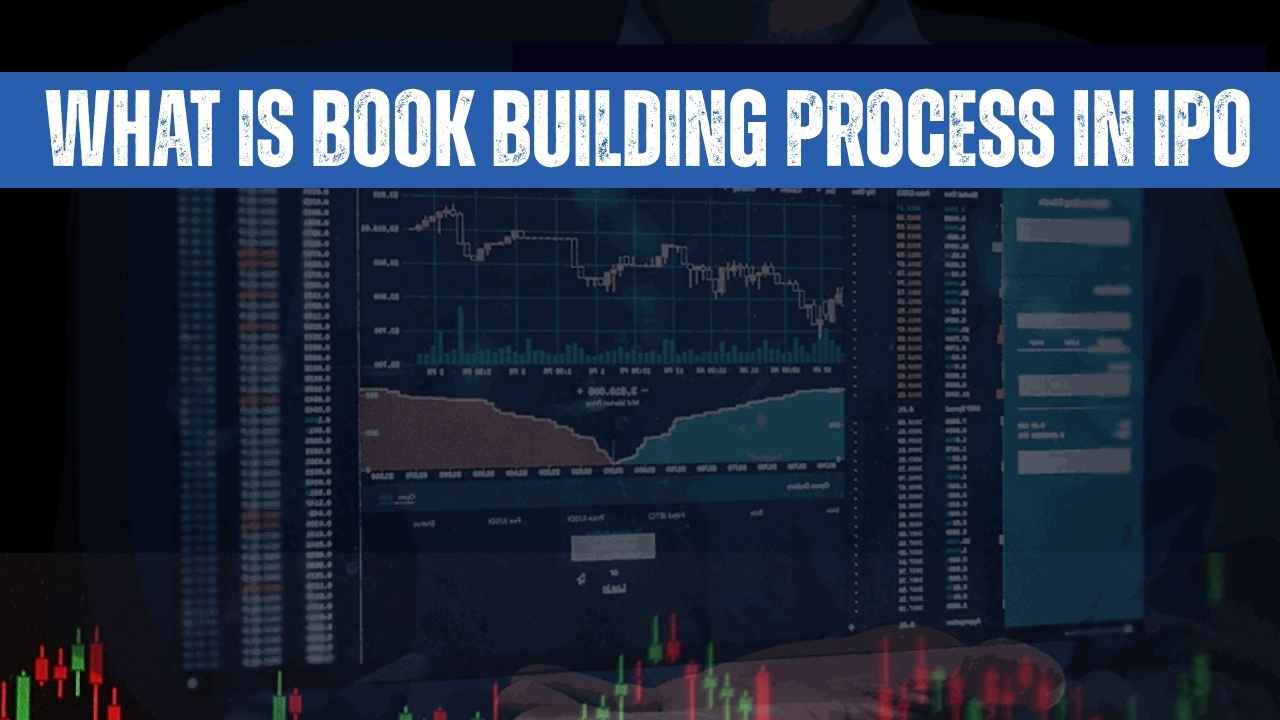Cash‑and‑carry arbitrage is a sophisticated trading tactic employed when the futures price of a commodity is above its spot price plus carrying fees. Traders take advantage of this configuration—contango—to secure a risk‑free gain. Simply put, they purchase the underlying commodity today, warehouse it, and in the meantime sell a futures contract, then deliver the warehoused commodity sometime later at the higher futures price.
Why Arbitrage Matters in Commodities
- Market Efficiency: Commodities markets aim to reflect all known information in prices.
- Price Gaps: Sometimes, due to supply bottlenecks or borrowing costs, spot and futures prices get out of sync.
- Arbitrage Role: Traders exploit these gaps. Their buying and selling push prices back into alignment, making markets fairer over time.
Common types of arbitrage include:
- Spatial Arbitrage: Profits from price differences across locations.
- Calendar Arbitrage: Uses price differences between different futures expiry dates.
- Temporal Arbitrage: Bets on expected short‑term price rises or falls.
- Statistical Arbitrage: Relies on computer models to spot tiny, fast‑moving gaps.
What Is Cash‑and‑Carry Arbitrage?
A cash‑and‑carry arbitrage works when:
- Futures Premium: The futures price > spot price + carrying costs.
- Contango: The market condition where futures trade above spot.
Strategy Steps:
- Go Long Spot: Buy the commodity today at the lower spot price.
- Sell Futures: Sell a futures contract at the higher futures price.
- Store the Commodity: Pay storage, insurance, and financing costs (the carrying costs).
- Deliver on Expiry: When the futures contract matures, deliver the stored commodity to fulfill your short futures position.
The Math Behind Cash‑and‑Carry
Profit=(Futures Price−Spot Price)−Carrying Costs\text{Profit} = (\text{Futures Price} – \text{Spot Price}) – \text{Carrying Costs}
Example
- Spot price of crude oil = ₹5,000 per barrel
- Futures price = ₹5,500 per barrel
- Carrying costs (storage, insurance, finance) = ₹100 per barrel
Profit=(₹5,500−₹5,000)−₹100=₹400 per barrel\text{Profit} = (₹5{,}500 – ₹5{,}000) – ₹100 = ₹400 \text{ per barrel}
Because you lock in both buy and sell prices when you start, this ₹400 is effectively risk‑free—assuming costs don’t unexpectedly rise and the markets behave as expected.
What Are Carrying Costs?
Carrying costs include all expenses to hold the commodity until delivery:
- Storage Fees: Warehouse or tank rental.
- Insurance: Protection against theft, damage, or spoilage.
- Financing: Interest paid if you borrowed money to buy the commodity.
- Logistics: Handling and transport if needed.
Carrying costs vary by commodity: metals cost more to store than grains, and perishable goods cost more than durable ones.
Key Market Conditions
To make cash‑and‑carry work, you need:
- Contango: Futures must trade high enough above spot.
- Low Carrying Costs: If costs eat up most of the futures premium, profits vanish.
- Sufficient Time: The futures contract’s expiry must give you time to store and deliver.
Risks and Limitations
- Basis Risk: Spot and futures prices might not converge as planned, reducing profit.
- Rising Costs: Unanticipated storage or financing fees can eat into gains.
- Margin Calls: You need enough collateral; if markets move, brokers may demand more.
- Execution Risk: Delays or errors in buying, storing, or delivering can disrupt the arbitrage.
Conclusion
Cash‑and‑carry arbitrage provides a mechanism for making a near–risk‑free profit when markets are in contango. By purchasing spot, selling futures, and accounting for carrying and financing charges, arbitrageurs capitalize on the spread between prices. Sounds easy, but it relies on being able to manage carrying costs, trading margin requirements, and the ability to deliver on time. When done correctly, cash‑and‑carry serves to keep commodity markets efficient—enjoyed by all market participants in the long run.












Rehan